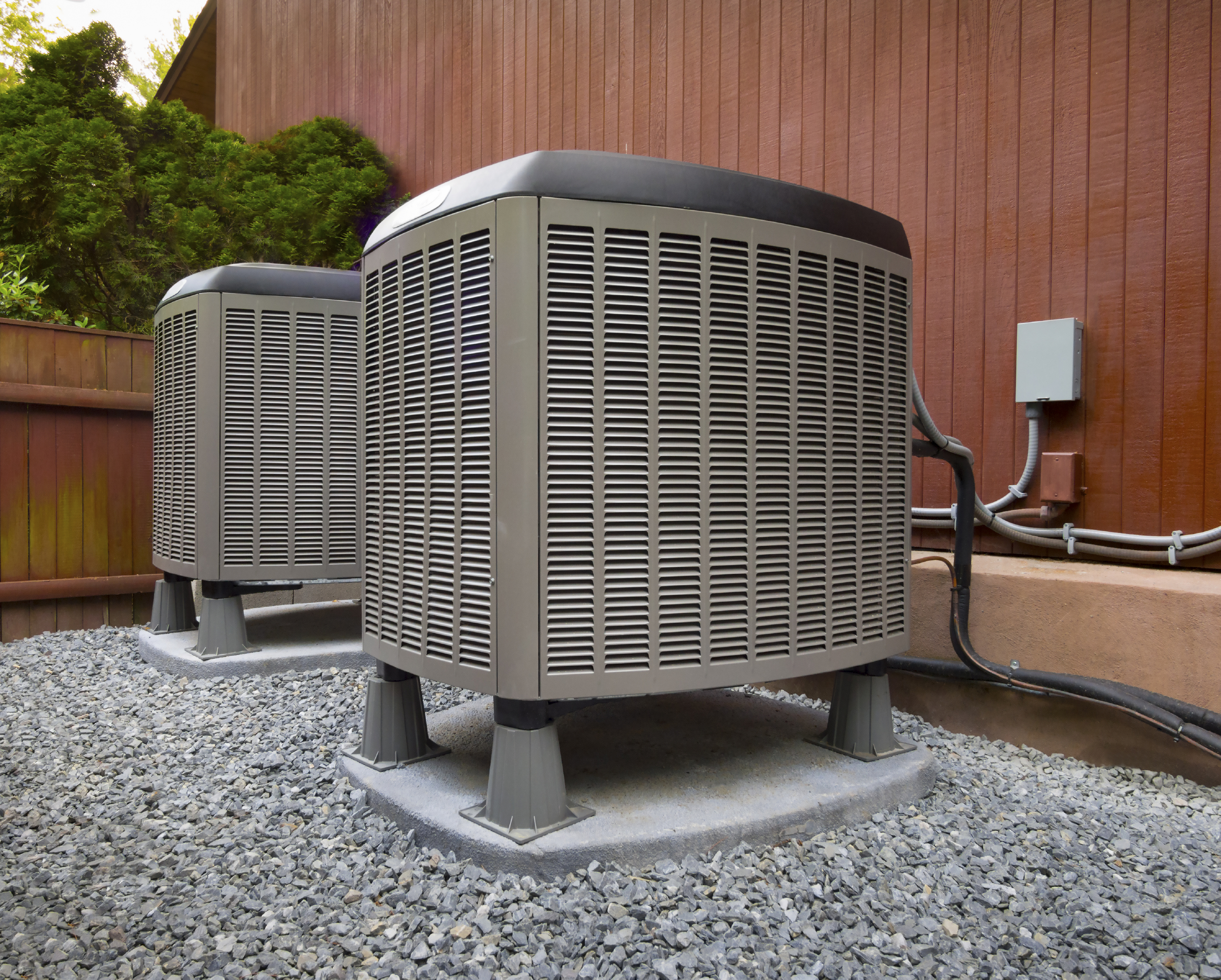
This Underdog Deserves a Chance
HVAC. Heating, Ventilating, and Air Conditioning. Buildings of all shapes, sizes, uses, and in all climates require these things, but only conventional systems that randomly mix air in conditioned spaces to uniform conditions (in best case) are used. Displacement ventilation is a lesser known type of system — the underdog — but can clearly be the better system choice for many applications and building types.
Mixed Air vs. Displacement Ventilation
Mixed air systems condition the building air by blasting a mixture of indoor and outdoor air that has been heated or cooled into the building space. The air is supplied at a high velocity to ensure that it mixes with the rest of the room air, but perfect mixing is impossible and badly lacking depending on system type.
Displacement ventilation (DV) is designed to do quite the opposite. When cooling, this system supplies conditioned air at a low velocity, typically through diffusers placed near floor level. Air is introduced to the space slowly so that the room air does not mix together. This is the crux of DV – this system relies on thermally stratified rooms in which simple physics helps to create air movement. Warm air is less dense than cold air, so warmer air will naturally rise to the ceiling while the cool supply air lingers near the floor if left undisturbed. Heat sources in the room (people, for example), heat air around them which rises to the ceiling, where it is returned to the system or exhausted.
Why Displacement Ventilation?
Lower Fan Power, Lower Cooling Costs: A lower volume of air is typically required than in mixed air systems. This allows for a smaller ventilation system. There is also the potential for a lower cooling load (due to a higher average space temperature and from directly exhausting heat gains), lowering cooling costs and allowing for a smaller cooling plant.
Additional Economizer Hours: More economizing time is the result of a higher system supply temperature. Mixed flow systems typically supply 55˚F air, whereas DV systems supply 65˚F to achieve the same comfort level. Finally, the warmer supply temperature allows for higher chiller operating temperature, which is more efficient.
Improved Indoor Air Quality: Since little to no air mixing occurs, any contaminants in the air are naturally carried up and collected near the ceiling, away from the building occupants. And honestly, if you don’t like your coworkers perfume or BO, these odors are not blown all over the place. They pretty much rise straight up and out.
Improved Occupant Comfort: Fan and ductwork noise are reduced, since less air is supplied at a slower velocity. Also, drafts are less noticeable and temperatures are more uniform in facilities served with DV.
When Should it be Considered?
DV systems, if properly designed, implemented, and controlled, can excel in many building types. Buildings with ceilings >3m high, strict IAQ standards, large internal heat gains, or located in climates with a large number of economizer hours are ideal candidates. These systems have been successfully implemented in hospitals, gymnasiums, auditoriums, schools and university buildings, and a wide variety of industrial facilities.




